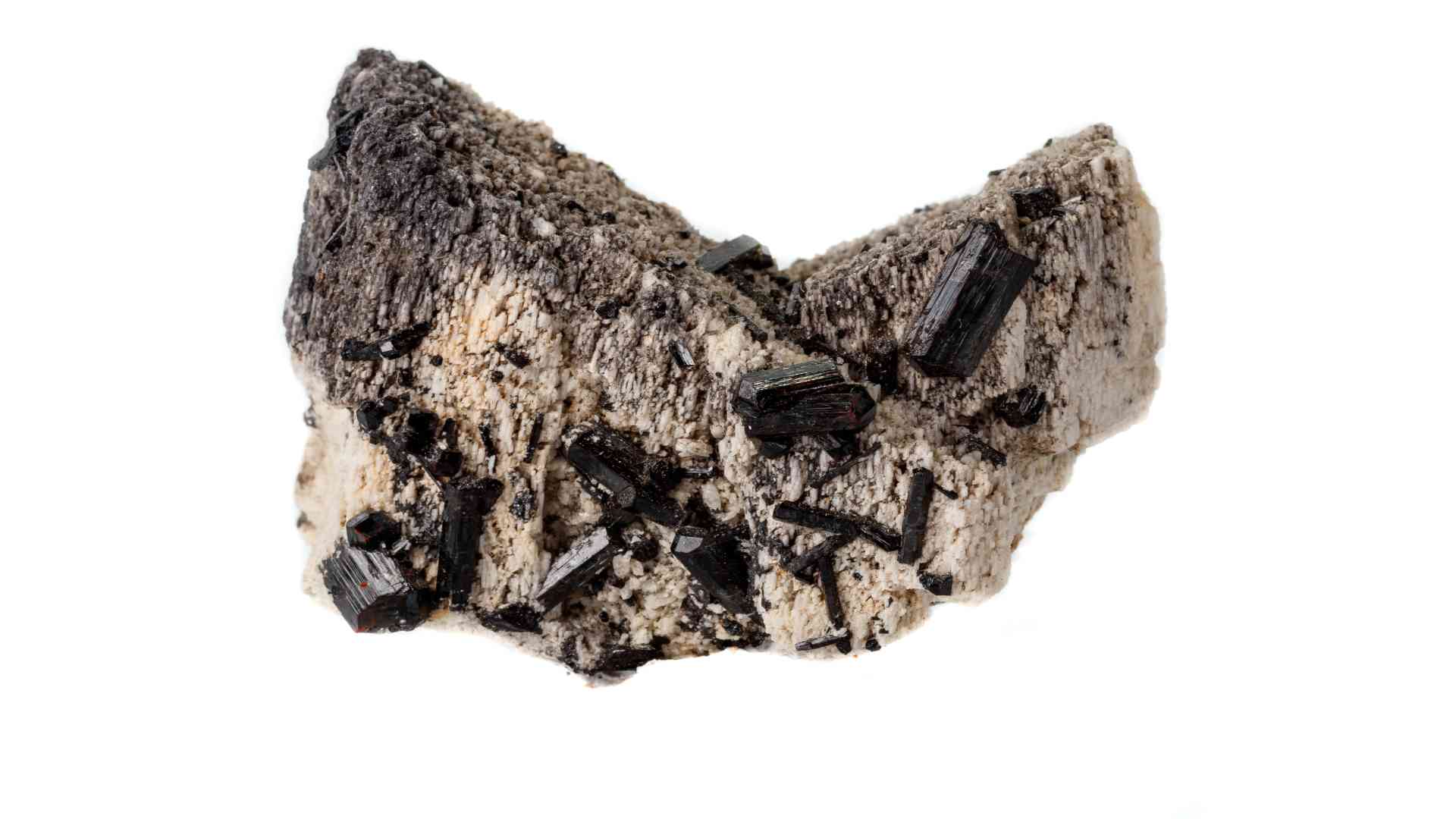Introduction To Boron Tribromide
Boron tribromide, BBr3, is a colorless liquid with a pungent odor. It is one of the essential boron hydrides and a versatile reagent in organic synthesis. Due to its high Lewis acidity, it is also used as an initiator for polymerization reactions.

Boron Tribromide
Boron tribromide is a strong Lewis acid commonly used as a reagent for ether deprotection. Poggiale first synthesized it in 1846 by treating boron trioxide with bromine and carbon at high temperatures.
B2O3 + 3 C + 3 Br2 → 2 BBr3 + 3 CO
In 1857, F. Wöhler and Deville developed an improved version of this method. The reaction temperatures are lower when starting with amorphous boron, and no carbon monoxide is produced.
2 B + 3 Br2 → 2 BBr3
Boron tribromide is humidity sensitive, so reactions should be performed in anhydrous conditions. BBr3 was initially used to cleave acetals that could not be deprotected under normal acidic conditions.
BBr3 can also deprotect amino acid-protecting groups like benzyloxycarbonyl and tert-butoxycarbonyl groups. It is also helpful in the synthesis of deoxyvernolepin, vernolepin, and vernomenin for deprotecting carbohydrate derivatives and polyoxygenated intermediates.
Synthesis of Boron Tribromide
Boron tribromide is formed when boron carbide reacts with bromine at temperatures above 300 °C. This is further purified using vacuum distillation.
Boron tribromide is soluble in dichloromethane and carbon tetrachloride but insoluble in water. It reacts violently with water and moist air, producing corrosive fumes of hydrobromic acid.
Physical And Chemical Properties
| Property Name | Property Value |
|---|---|
| Chemical Formula | BBr3 |
| Molecular Weight | 250.52 g/mol |
| Odor | Sharp and Irritating |
| Appearance | Colorless to Amber Liquid |
| Melting Point | −46.3 °C |
| Boiling Point | 91.3 °C |
| Density | 2.643 g/cm3 |
| Vapor Pressure | 7.2 kPa |
| Refractive Index | 1.00207 |
Source – https://en.wikipedia.org/wiki/Boron_tribromide
Boron tribromide is an excellent demethylating or dealkylating compound for the cleavage of ethers, commonly used in the pharmaceutical industry. The tertiary alkyl ether dealkylation process involves complex formation between the boron center and the ether oxygen, accompanied by the elimination of an alkyl bromide to produce a dibromo(organo)borane.
ROR + BBr3 → RO+(−BBr3)R → ROBBr2 + RBr
The dibromo(organo)borane can be hydrolyzed to produce a hydroxyl group, boric acid, and hydrogen bromide.
ROBBr2 + 3H2O → ROH + B(OH)3 + 2HBr
Boron Tribromide As An Reagent For Anti-Markovnikov Hydroboration
Since discovering their potential to undergo radical reactions, organoborane species have been synthetically useful in various ways. Trialkylboranes (BR3), in particular, are easily converted to alkyl radicals via bimolecular homolytic substitution (SH2) at the boron atom (Scheme 1A). It was discovered that alkoxyl, dialkylaminyl, alkylthiyl, carbon-centered radicals, triplet ketones, and triplet oxygen could start the radical reaction by substituting one of the alkyl groups of trialkylboranes.
BEt3/O2 is arguably the most researched organoborane radical-initiating system, with the peroxyl radical playing a critical role in reaction propagation. BEt3, in addition to being a radical initiator, also undergoes conjugate addition to unsaturated ketones and aldehydes, addition to ethenyl- and ethynyloxiranes, azidoalkenes, and imines, and addition–elimination to nitroalkenes and nitroarenes, styryl sulfones, sulfoxides, and sulfinimides.
Oxidation is one method for functionalizing unactivated cyclopropanes. This provides a wide range of useful molecules that would otherwise be inaccessible. Molecular halogens are used to halolyze cyclopropanes to produce 1,3-dihaloalkanes, though the reactions frequently result in the formation of side products via electrophilic aromatic halogenation.
Obtaining products with anti-Markovnikov regioselectivity, on the other hand, has been thought to be complicated. The anti-Markovnikov hydroboration of unactivated cyclopropanes with boron tribromide and phenyl silane has been reported. The reaction was carried out in inert and anhydrous surroundings, and mechanistic studies revealed an ionic mechanism involving Lewis acid-base interactions.
Introducing oxygen into the reaction conditions can, however, drastically different reaction outcomes and mechanisms. The radical Br donor BBr3 was discovered to be an effective radical Br donor for the anti-Markovnikov addition of HBr to cyclopropanes.
Other Applications
- Boron tribromide is used to produce drug intermediate 6-nitro-L-DOPA and luminescent polystyrene derivatives with carbazolylborane moieties that are sterically protected.
- It yields high-quality boron-doped graphene through a Wurtz-type reductive coupling reaction.
- It produces a 5-HT2C receptor agonist.
- It produces organic molecule-DNA hybrid structures with micrometer dimensions.
- Borane complexes are formed through electrophilic aromatic borylation reactions.
- Other applications include image processing, semiconductor doping, semiconductor plasma etching, and photovoltaic manufacturing.
Health Hazards
Boron tribromide is usually exposed through inhalation, ingestion, and eye or skin contact.
boron tribromide symptoms include eye irritation, swelling, tearing, a runny nose, coughing, and shortness of breath. Contact with this substance may cause burns to the affected tissues if it comes into contact with the skin or eyes.





